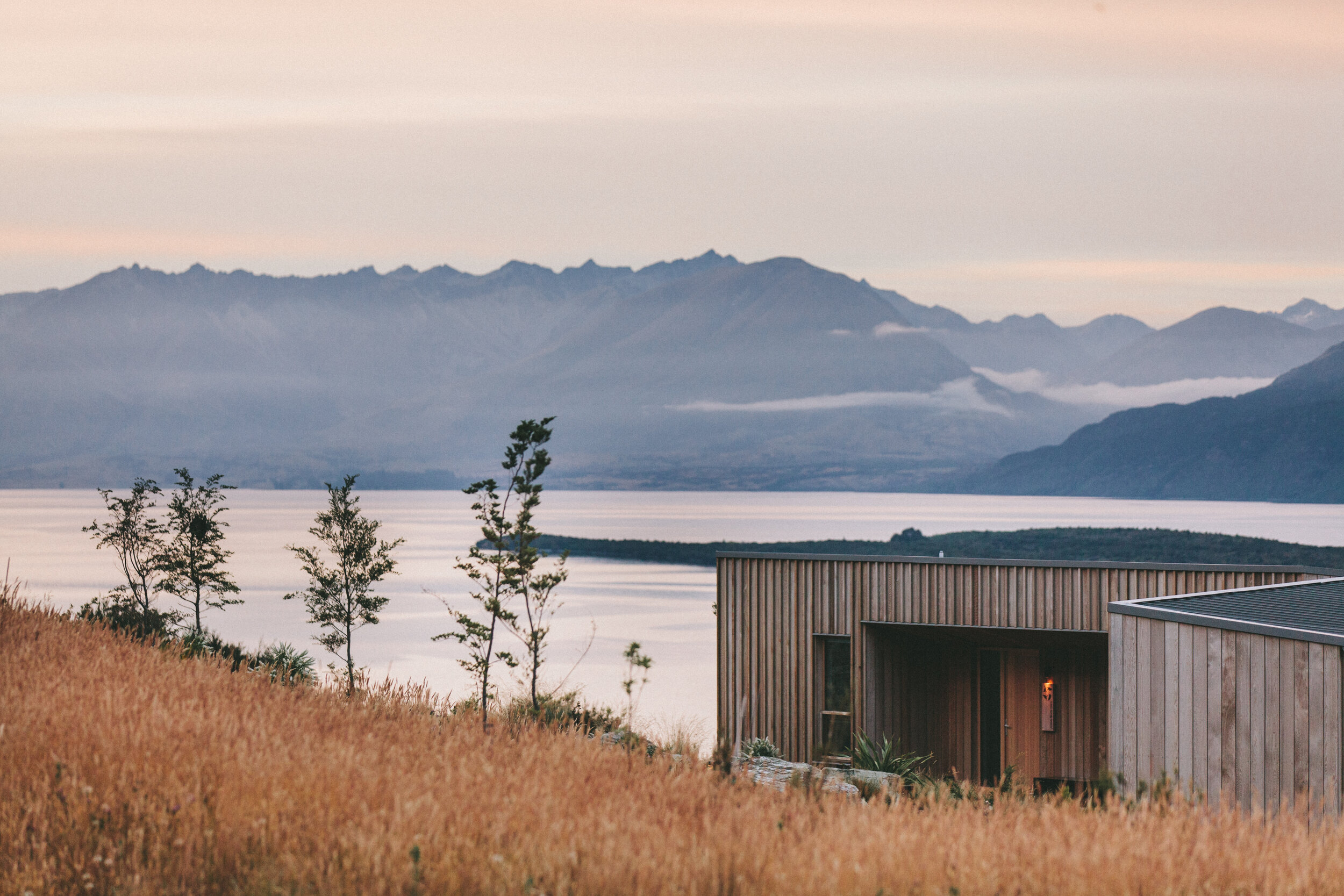
Cob Cord Wood Chicken Coop Build (July 16-19 2020)
We asked Miguel Elliott of Living Earth Structures to lead a workshop on our land teaching us and the community how to build with cob. BUT…we also wanted to use all our cord wood as the walls! This is a new but very simple dry stacking technique so we are looking forward to seeing how it ages.
•
It took us an entire week to prepare the site, foundation, poles and cordwood before embarking on the weekend cob workshop.
•
An area on the land on the south facing slope was graded and leveled for a 9‘ x 10‘ structure using 12 inch diameter cedar poles for the post and beam framing.
•
We experimented with dry stacking the firewood as we have ample dried wood from being in the Butte Fire burn scar and wanted to see if this method was a viable option to use for walls. The major concern was stability so we experimented with the first wall and dry stacked up 3 foot with split cedar rounds. The stability of the 3’ wall led us to believe we could go the entire 5’ height of the wall before putting a header board on.
•
The header board was vital for the stability of the wall as we could apply downward force with wedges between it and the cordwood. Before the cob was in place we had created stable walls with minimal work. If we were going to do this style again for a taller build we would choose to notch a board into the posts every 3-4’ as a header board for increased stability.
•
Once the dry stacking was completed we used our big chainsaw to cut the walls flush instead of cutting each piece individually before stacking. This turned out alright but next time we will use a longer bar and a helper handle on the bar tip to get a straighter cut. This method saved time as our rounds of wood were previously cut to random lengths. *our cordwood finished with an overall length of ~14”.
•
Once the walls were prepared we applied a clay slip to the ends of the cordwood in preparation for the earthen plaster. The earthen plaster was applied with great success to the exposed ends of the cordwood on the interior and exterior walls. The walls currently feel very strong and stout now the walls have dried.
•
We will be collecting temperatures throughout the summer, fall and winter to see how well this style of build is insulated. We will publish our results in the spring of 2021.